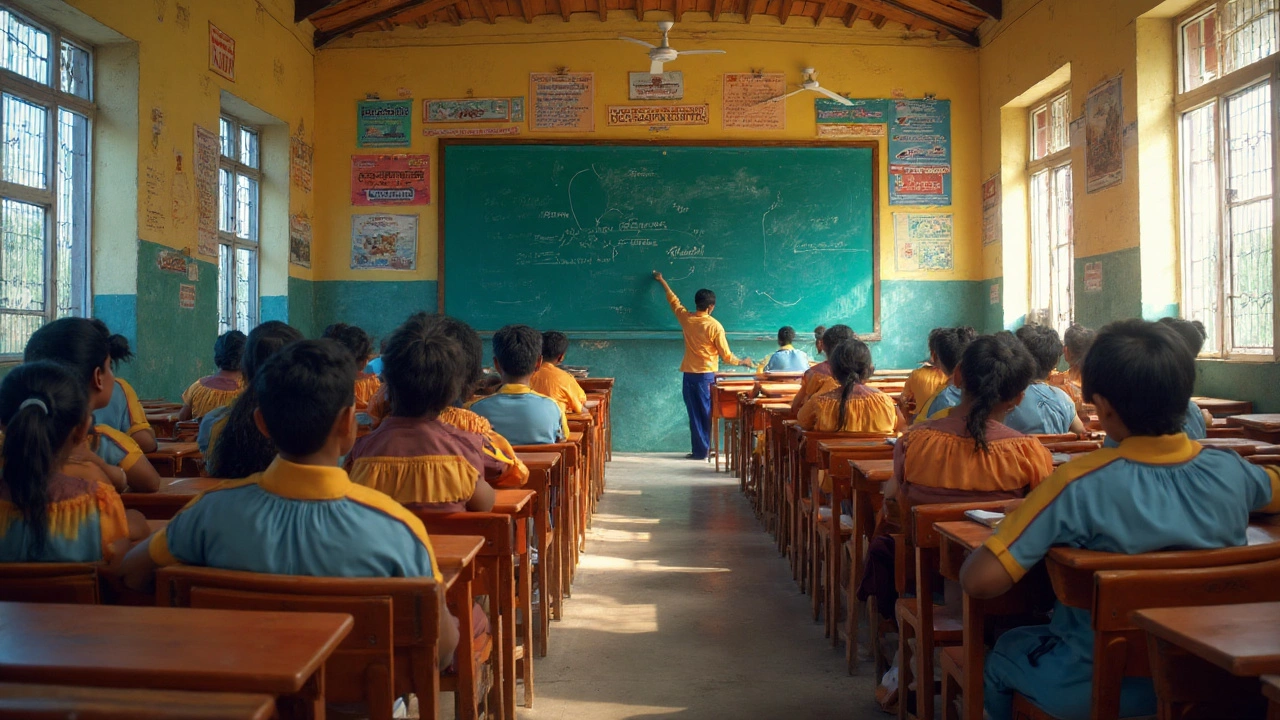Indian vs American Education: What Sets Them Apart?
If you’re trying to decide where to study or just curious about how schools work across the globe, the Indian and American systems are the two big players you’ll hear about. They differ in everything from classroom vibe to exam pressure, and those differences shape how students learn, what skills they pick up, and where they end up working.
Teaching style and classroom vibe
In India, classes are usually teacher‑centered. The professor talks, the board fills up with formulas, and students take notes. It’s common to have a single textbook for the whole year, and exams decide a large chunk of the final grade. This model pushes students to memorize concepts and solve problems quickly, which can be great for subjects like math or physics.
American schools, on the other hand, favor a student‑centered approach. Discussions, group projects, and hands‑on labs are the norm. Teachers often use multiple resources—videos, articles, online quizzes—to keep lessons fresh. Grades come from a mix of assignments, quizzes, participation, and a final test, so the pressure spreads out over the semester.
Both styles have pros. The Indian model builds discipline and deep subject focus, while the American model nurtures critical thinking and teamwork. Which one feels right depends on how you learn best.
Costs, exams and future prospects
Cost is a major divider. Public schools in India charge minimal fees, but private coaching centers and elite schools can be pricey. In the U.S., even public colleges often charge tuition that runs into thousands of dollars per year, and private universities can cost tens of thousands.
Exams are another contrast. India leans heavily on high‑stakes tests: JEE for engineering, NEET for medicine, and state board exams for school. A single score can open or close doors. The U.S. spreads assessment across the year—SAT or ACT for college entry, but then continuous assessment in college courses.
Career outcomes reflect these structures. Indian graduates often start with a strong technical base, making them attractive for engineering and IT roles worldwide. American graduates may have broader soft‑skill portfolios, landing jobs that value creativity, project management, and cross‑functional teamwork.
If you’re thinking about studying abroad, weigh the financial load, learning style, and the kind of job you want after graduation. Many Indian students now blend both worlds—taking an Indian degree for its depth and then adding a short U.S. certification or online course to boost soft skills.
Bottom line: neither system is universally better. The Indian model excels at rigorous subject mastery, while the American model shines in flexibility and holistic development. Choose the one that matches your learning habits, budget, and career goals, or mix elements from both to get the best of both worlds.
USA vs India: A Deep Dive into Which Education System Works Better
Explore how the Indian and American education systems really compare, with fresh facts and genuine insights. Unpack which one suits your goals and why.
